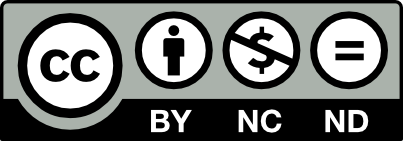The transformation of the therapeutic setting: from the individual to the couple
DOI:
https://doi.org/10.23823/jps.v6i1.101Abstract
The article describes an individual clinical process aimed at the identification and differentiation of the subject from his family of origin, as well as the subsequent transformation of the therapeutic setting with the inclusion of the partner. He is a young adult seeking personal therapy because he is trapped in his family of origin, judged and criticised by his parents, and unable to move on with his life. He has been in a relationship for over three years and is expecting a daughter, but his parents do not agree with this choice and are pushing for an abortion. The patient is certain that he must choose between his biological family and the one he is creating. The therapeutic work enabled him to give voice to his inner voices, to the relational world he had introjected and relived, while retracing his history and biography within a trigenerational framework. The evolution of the therapy allowed for a different dialogue between the patient and his parents, a different position with his partner, and, as a result, the ability to combine the past and the future. Relationships between the couple's family of origin have improved, as has the patient's personal and professional definition.
Downloads
Downloads
Published
Issue
Section
License
Copyright (c) 2022 Gabriella De Simone

This work is licensed under a Creative Commons Attribution-NonCommercial-NoDerivatives 4.0 International License.
Authors who publish in this journal agree to the following:
- Authors retain the rights to their work and give to the journal right of first publication of the work simultaneously licensed under a Creative Commons License - Attribution that allows others to share the work indicating the authorship and the first publication of this journal.
- Authors can accept other non-exclusive licensing agreements for the distribution of the published version of the work (eg. Deposit it in an institutional repository or publish it in a monograph), provided to indicate that the document was first published in this journal.
- Authors can spread their work online (eg. In institutional repositories or on their website) before and during the submission process, because it can lead to productive exchanges and increase the work published citations (See The Effect of Open Access) .









